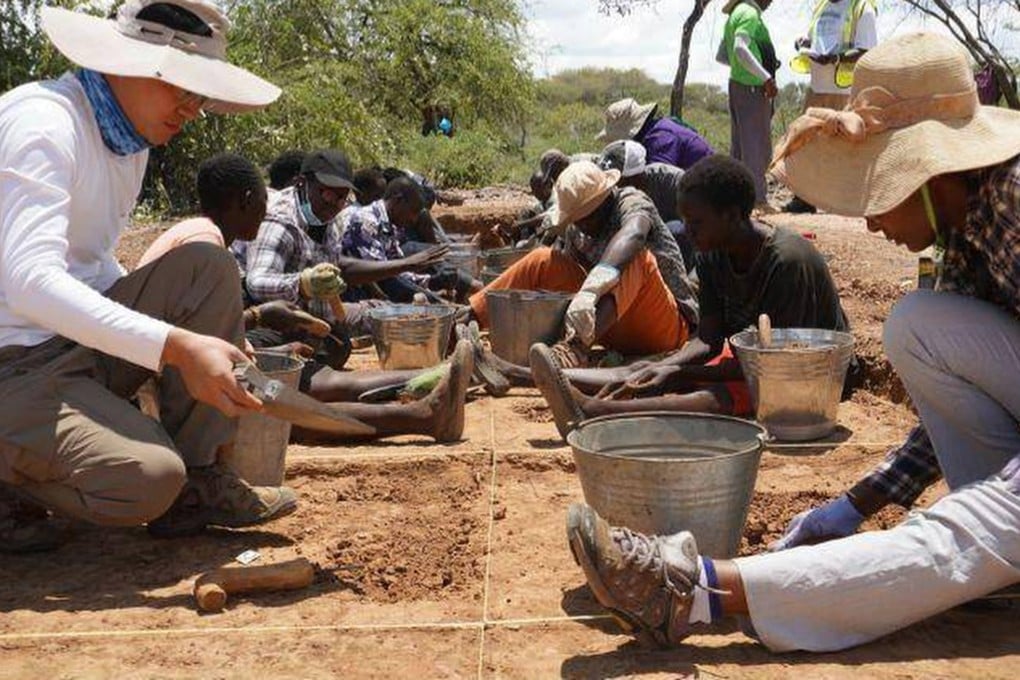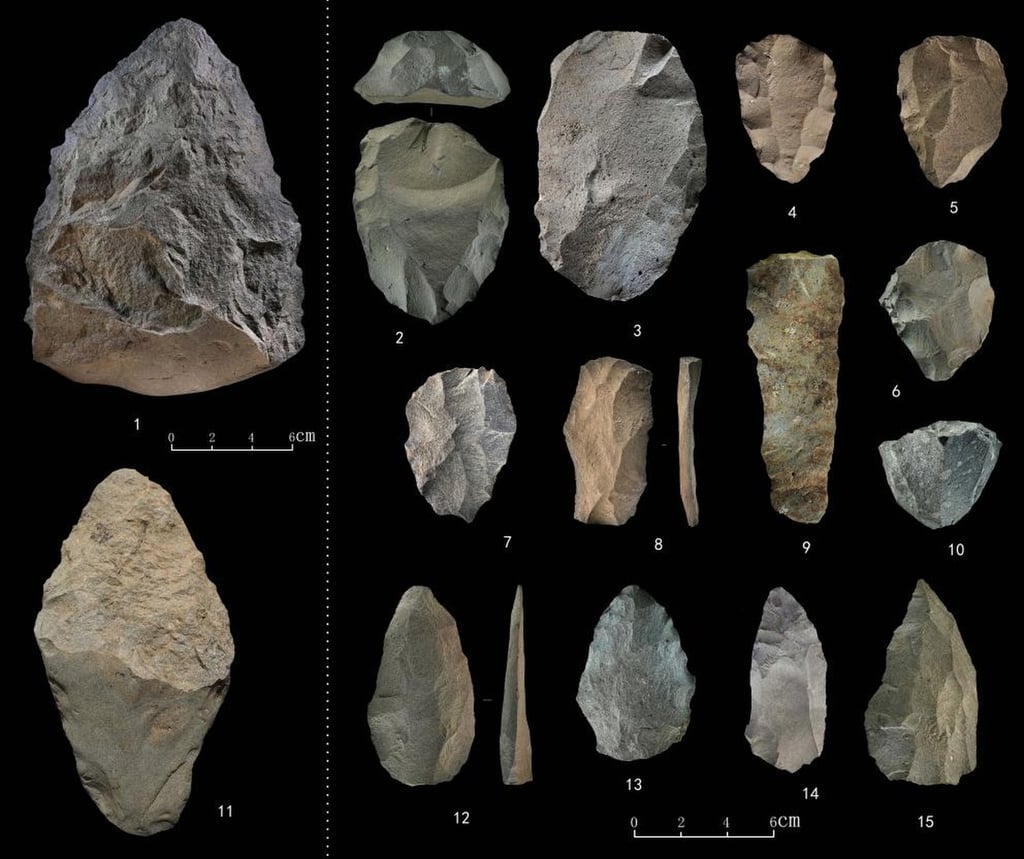Chinese and Kenyan researchers find Stone Age ‘production line’ for tools in Rift Valley
- The team unearthed hundreds of stone tools made using a distinctive technique that helped early humans shape and sharpen their blades

A team of Chinese and Kenyan archaeologists have uncovered a Stone Age “production line” that used sophisticated techniques to produce “standardised” tools.
The findings could fill in the gaps in our knowledge about how the technique spread and the history of early humans.
The researchers from the Henan Provincial Institute of Cultural Relics and Archaeology and the National Museums of Kenya unearthed 750 stone tools alongside various animal fossils in the Rift Valley in western Kenya last year.
They said the tools had mainly been produced using the Levallois method, a distinctive technique for shaping and sharpening stone tools that was developed between 300,000 and 250,000 years ago.
The technique – named after the suburb of Paris where it was first identified – is known to have been used by hominids in Africa, Europe and West Asia and continued until around 40,000 years ago.
The technique provides much greater control over the size and shape of the final stone flake, which can then be employed as a scraper or knife.

